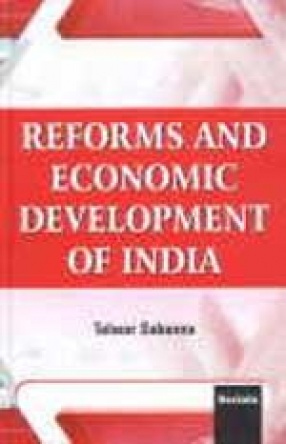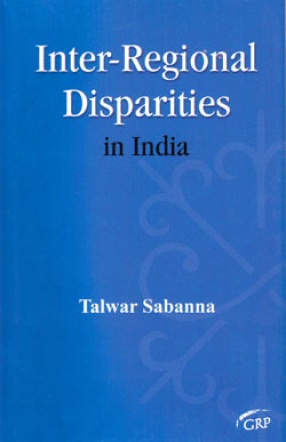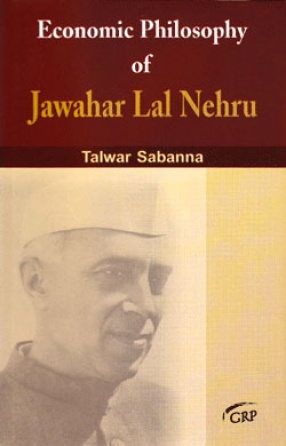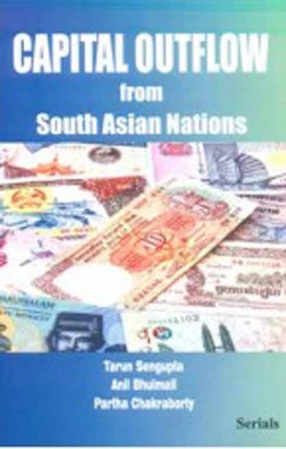The experience of the implementation of reforms reveals not only the poor are becoming poorer, but the rich want to become richer by illegal means. Further, they have succeeded in their efforts. The rise in corruption during the first decade of reforms in all the spheres of life is palpably visible. Nothing ever happens to those who do indulge in corruption and abuse of power and those who loot the exchequer and misappropriate public funds. On the other hand, it is commonly argued that corruption exits in every country and nothing can be done about it. But, the point to be noted in that it is a very serious problem now and reforms, interalia, have contributed to its growth. In India, for instance, looking at India’s post-independence period, one finds that 1950’s, 1960’s and 1970’s were the decades when corruption was at its lowest level. There was only some creeping type of corruption. In 1980s it appears that the corruption started walking. However, it is running after 1991. It is because of the fact that its growth is the antithesis between economic development and ethical development which is directly and indirectly supported by the new economic policy. At this juncture, we have to reflect on the point what some have argued in terms of second generation reforms. What is more pertinent is that we have to think in terms of second decade reforms as we have already started implementing some of the economic reforms since 1991.
Reforms and Economic Development of India
In stock
Free & Quick Delivery Worldwide
reviews
Bibliographic information
Title
Reforms and Economic Development of India
Author
Edition
1st ed.
Publisher
Serials Publications, 2008
ISBN
8183871488
Length
xii+450p., Tables.
Subjects








There are no reviews yet.